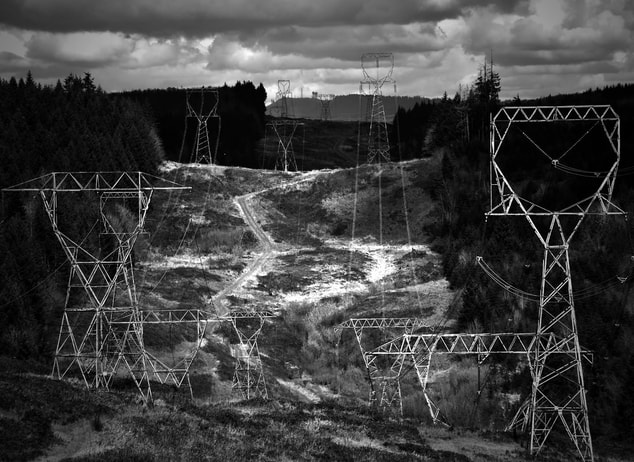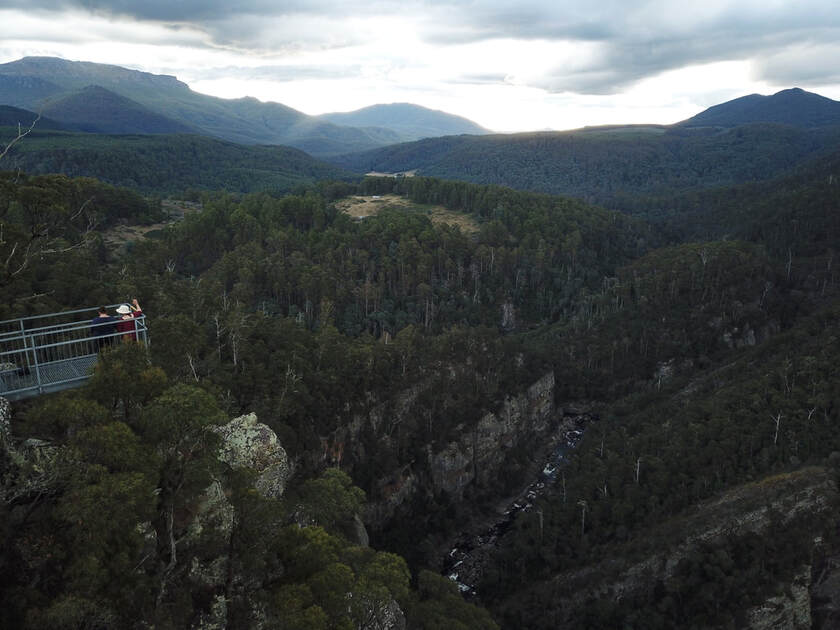BUT DON’T WE ALL NEED RENEWABLES AND NEW TRANSMISSION LINES?
Tasmania, like everywhere, needs to transition to renewables. Part of that change will require upgrades to, and additional, transmission lines, meaning new investment and new jobs. It should be exactly as the government is painting it – a good news story.
by Ben Marshall
The reality is that this opportunity has been turned into a mismanaged shambles that will not benefit Tasmanians, will not lower power prices, will not create a jobs bonanza, will damage our local environment and economy, and will send power and profits offshore. Why? Bad planning, secrecy, politics, and more high-priced PR consultants than engineers.
Catchphrases like “Marinus Project”, “renewable energy zones”, “battery of the nation”, “green hydrogen”, “billions in investment and thousands of jobs” are merely cover for government inaction on climate, and refusal to plan long-term for the needs of Tasmanians.
Catchphrases like “Marinus Project”, “renewable energy zones”, “battery of the nation”, “green hydrogen”, “billions in investment and thousands of jobs” are merely cover for government inaction on climate, and refusal to plan long-term for the needs of Tasmanians.
Neither the Federal nor Tasmanian State government have an energy or climate plan worth the paper it’s written on. Why? For all the talk, they still deny the basics of climate science and refuse to act accordingly. For another, the current stance is to ‘let the Market’, rather than government, policy direct energy transition.
So while our politicians attend meeting after meeting, and TasNetworks claim they’re planning furiously, there is zero coordinated multi-sector planning occurring. It’s all reactive to commercial needs of the corporate sector rather than what the science and economic modelling is telling us to do, and what ordinary people need and want.
And that’s why an offshore renewables company like UPC is not only able to shrug off community objections to its cheap transmission line, it can call on the State government to ‘fix’ the problem and shut communities’ voices down.
So while our politicians attend meeting after meeting, and TasNetworks claim they’re planning furiously, there is zero coordinated multi-sector planning occurring. It’s all reactive to commercial needs of the corporate sector rather than what the science and economic modelling is telling us to do, and what ordinary people need and want.
And that’s why an offshore renewables company like UPC is not only able to shrug off community objections to its cheap transmission line, it can call on the State government to ‘fix’ the problem and shut communities’ voices down.
UPC Renewables failed in its attempt to get their transmission line through the Leven Canyon Reserve. The fact this company even tried to do this shows what little regard they have for Tasmania's natural assets and the communties that rely on them.
The State government then secretly directs TasNetworks to take on negotiations for ‘the difficult section’, at taxpayer cost, to ensure UPC no longer has to engage with community. This saves UPC a bundle, and puts the costs on us.
Then, to obtain ‘social licence’ (PR-speak for ‘community approval’), taxpayer-funded PR companies flood in from Melbourne and elsewhere to ‘manage’ the sham of “community consultation”. Instead of more and better planning, or genuine community consultation, we’ve been given more and better PR, costing Tasmanians unknown millions.
The State government then secretly directs TasNetworks to take on negotiations for ‘the difficult section’, at taxpayer cost, to ensure UPC no longer has to engage with community. This saves UPC a bundle, and puts the costs on us.
Then, to obtain ‘social licence’ (PR-speak for ‘community approval’), taxpayer-funded PR companies flood in from Melbourne and elsewhere to ‘manage’ the sham of “community consultation”. Instead of more and better planning, or genuine community consultation, we’ve been given more and better PR, costing Tasmanians unknown millions.
But don’t we end up with green energy that creates jobs?
Energy isn’t ‘green’ if the 170 kilometre route of 90m-wide easement, endangers threatened species, damages ecosystems and the wilderness that our tourist industry depends on, then poisons roughly 9 square kilometres of North West Tasmania with herbicide every year to keep the lines clear.
The trigger point for this infrastructure, UPC’s Robbins Island project, should never have been given a green light considering the sensitive bird ecologies there to begin with.
As for the ‘thousands of jobs’, there will likely be hundreds during the construction phase, but many will be brought over from the mainland and from overseas. The outbreak of Covid-19 showed just how much of Tasmania industry rely on fly in fly out workers. Following the construction phase, some maintenance work may employ Australian engineers and service workers, probably a few dozen, many flying in on short contracts. Locals may obtain a small number of casual jobs slashing the transmission line easements and spraying herbicides.
The power lines industrialising our landscapes are for electricity destined for the Mainland, where energy operators have already signalled they won’t be needed due to so many of their own projects already approved.
The power lines industrialising our landscapes are for electricity destined for the Mainland, where energy operators have already signalled they won’t be needed due to so many of their own projects already approved.


